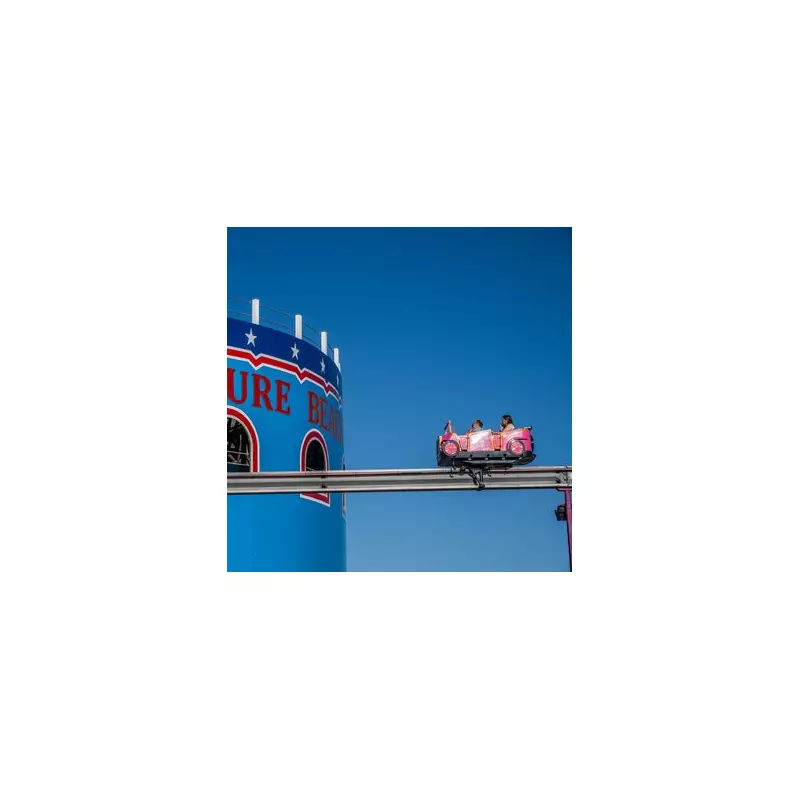
For decades, passengers on UK trains have been ducking under certain bridges, a peculiar habit that has puzzled many. The reason behind this quirky tradition dates back to 1932, and it’s a fascinating slice of British railway history.
The Origins of the Ducking Habit
In 1932, the UK’s railway network underwent significant changes, including the electrification of certain lines. As part of this upgrade, some bridges were built with lower clearance to accommodate the new overhead wires. While perfectly safe, the lower bridges created an optical illusion that made them appear closer than they actually were.
Why Passengers Still Duck Today
Despite modern safety standards ensuring ample clearance, the instinct to duck has been passed down through generations of train travellers. It’s a psychological quirk—much like flinching when someone pretends to throw something at you—even though there’s no real danger.
A Charming Piece of Railway Folklore
This tradition has become a beloved part of British rail travel, with many passengers sharing stories of their first time ducking under a bridge. It’s a quirky reminder of how history and human behaviour intertwine in unexpected ways.
Next time you’re on a train and feel the urge to duck, remember—you’re part of a tradition that’s nearly a century old!





